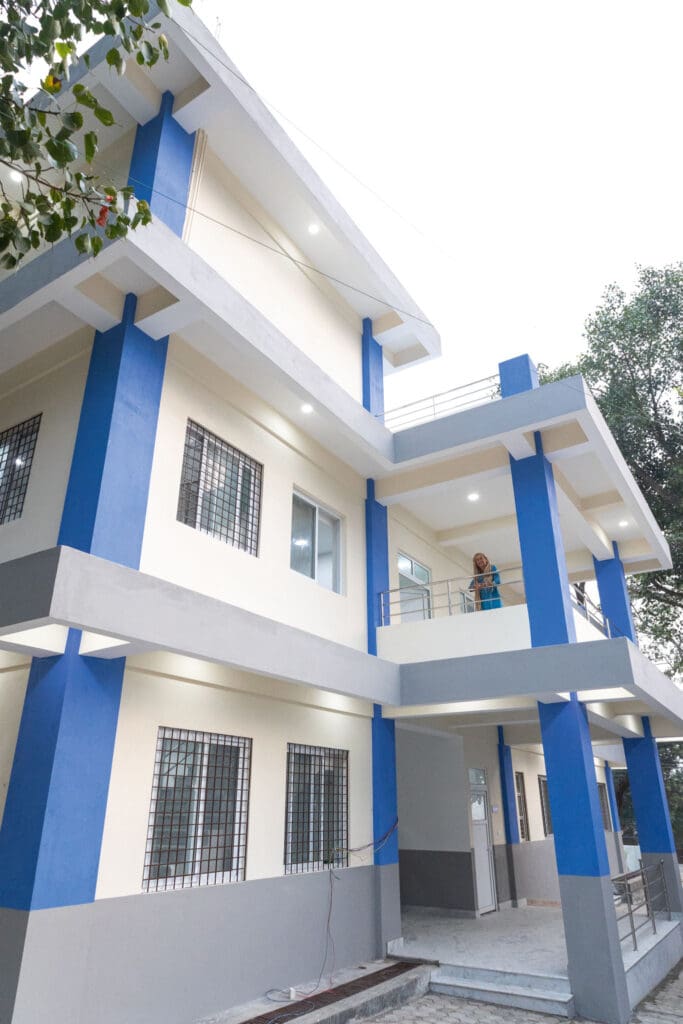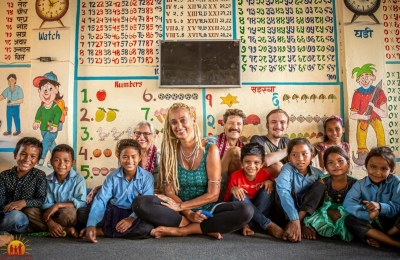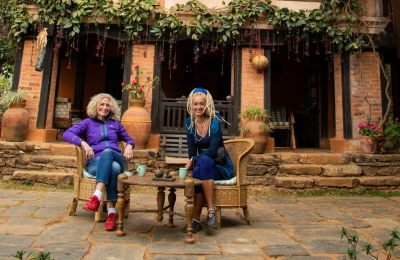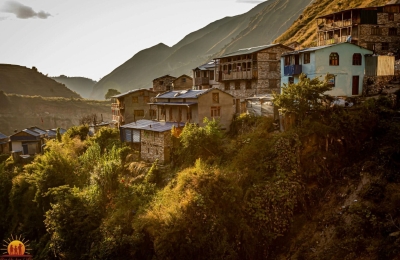A milestone: The first Back to Life hospital
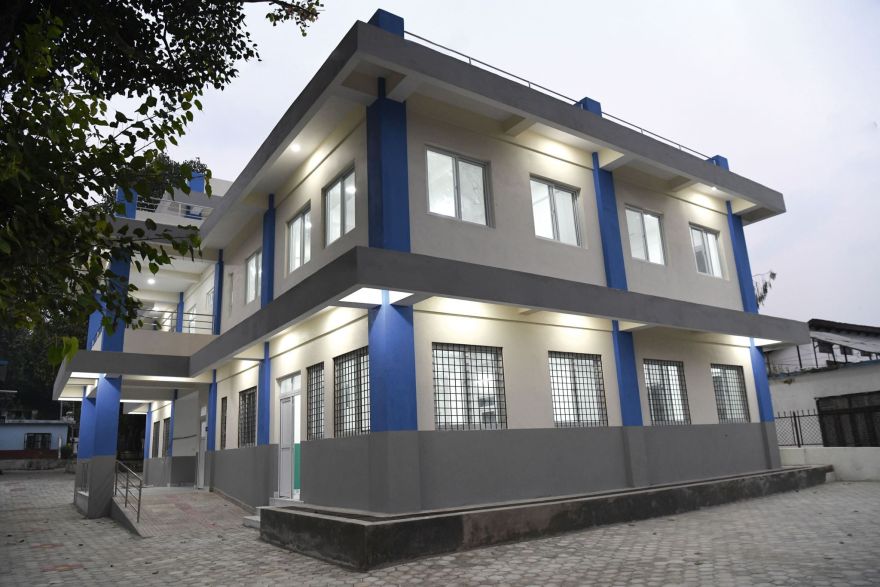
Back to Life completes the first hospital in the association’s history – a network of 19 birthing centers and a mother and child hospital is created.
In August 2022, Back to Life received approval for a major project that had never been seen before in our history: the construction and establishment of a mother and child hospital for the Karnali region, the poorest province in Nepal. Although we have already been able to build, set up and operate 15 birthing centers in Mugu over the last ten years and have started building four more, a hospital building of this size is new territory for us too.
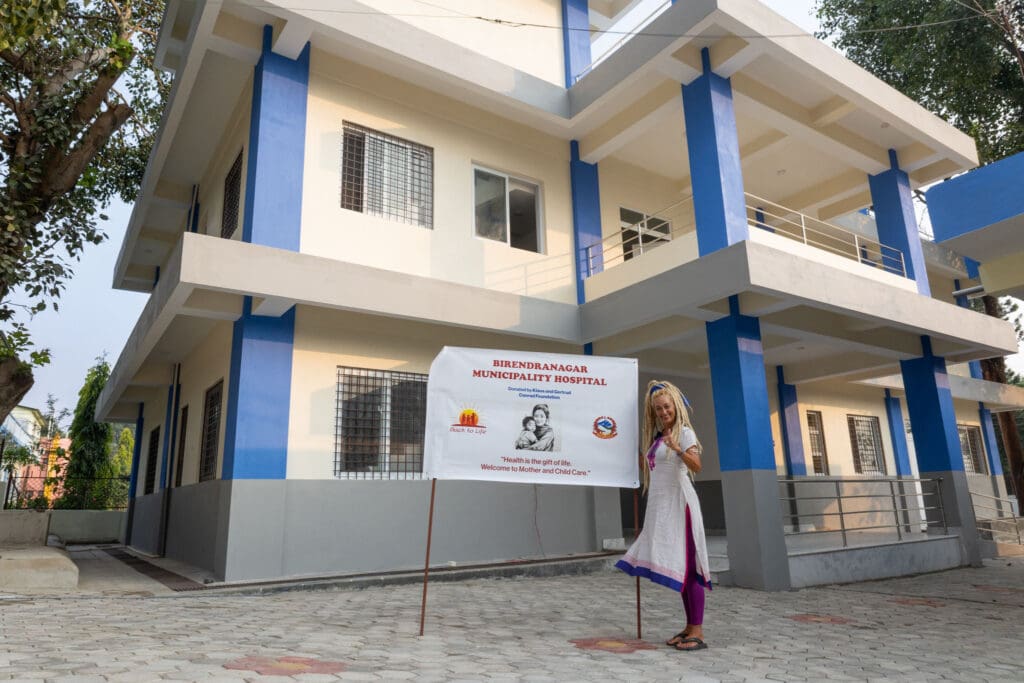
Our offer for mother and child
On February 18, 2024, the two-storey building, including the corresponding medical equipment, was opened and handed over to the Birendranagar community. With a population of 150,000, Birendranagar is Nepal’s 17th largest city and the largest in Karnali Province, which also includes the high mountain district of Mugu. The Back to Life – “Women and Children’s Hospital” was connected to the provincial hospital in Birendranagar and is now being run by the community according to its own plan. As with other Back to Life projects, the idea here is to help people help themselves.
A particular focus of the clinical services in the mother and child department is the intensive care of premature babies and newborns. In addition, wards for obstetrics, regular pre- and post-natal care as well as treatment options for serious infectious diseases such as tuberculosis or special emergency services are part of the facility. Other preventive measures such as cancer screening, vaccinations or education on contraceptive methods, family planning and nutrition are also part of the program.
Previous discussions with the city had already shown how urgent the need was. A support program has been set up that offers pregnant women a free transport service to the hospital as well as financial support. However, at the latest after more and more patients had visited the municipal hospital as a result of the measures, it became clear that the medical and spatial facilities were precarious and there was not enough space for the needs of the pregnant women, mothers and children.
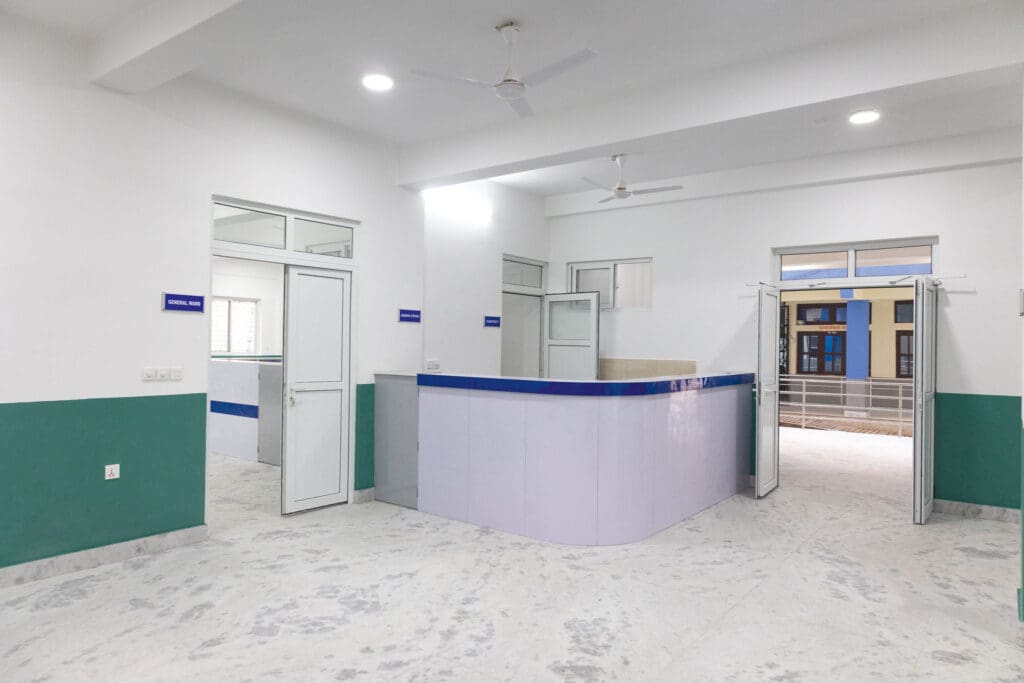
Our goal: to reduce the maternal and infant mortality rate
Nepal is still one of the countries with the highest maternal mortality rate in the world. This refers to the number of deaths that occur during pregnancy or within 42 days of birth.
According to the World Health Organization, postnatal bleeding is the main cause of deaths during and after childbirth worldwide, especially in structurally weak countries such as Nepal. Not only are these deaths extremely tragic for families and society, they can often be prevented by timely examinations, high-quality equipment and appropriate emergency care.
A secure supply cycle
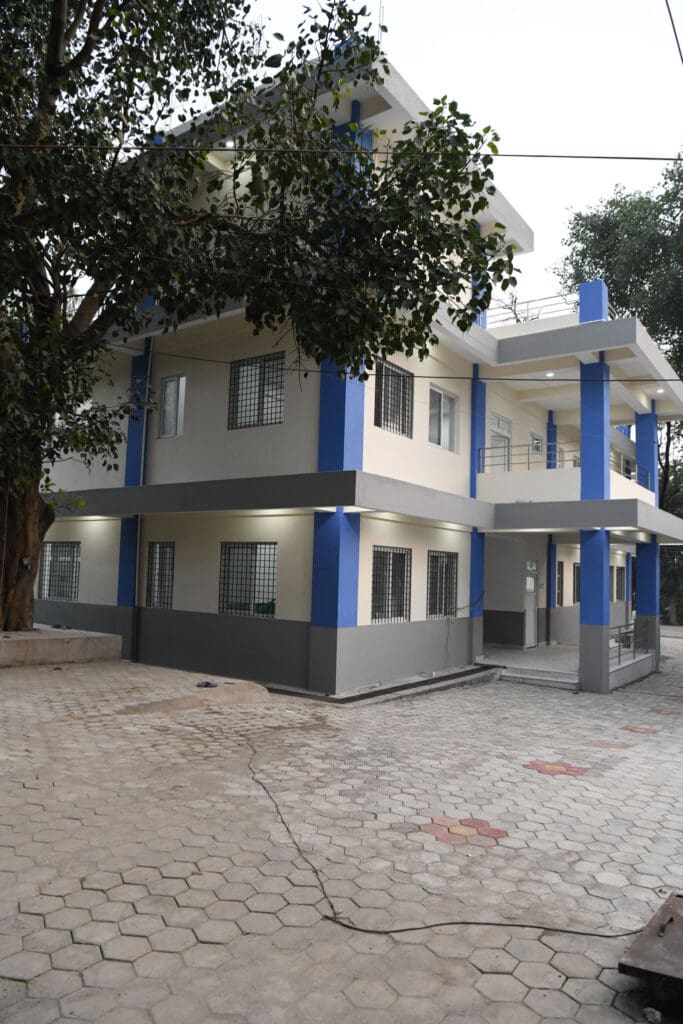
On a floor area of 566 m2, the earthquake-proof hospital building offers 24 rooms including sanitary facilities. A hospital pharmacy is also attached to ensure a smooth supply of medical supplies and medicines. There are separate toilets and washrooms for staff, patients and visitors. All sanitary facilities are designed and equipped in accordance with the National Standard for WASH (Water, Sanitation, and Hygiene). The water supply is ensured by the municipal waterworks. There is running water for washbasins and flushing toilets. For the disposal of medical waste, the city follows the guidelines of the Nepalese Ministry of Health on waste management in the healthcare sector.
A new hope for the women of the mountains
“With soon to be 19 birthing centers, we offer women in the Mugu mountain region safe births, pre- and postnatal care and education about mother-child health. However, if there is a risk of a complicated birth and therefore danger to the life of the mother or child, the midwives have to refer the pregnant woman to a hospital in the distant lowlands as quickly as possible. This entails enormous risks, as the routes are hardly passable due to seasonal conditions and in some cases can only be managed by plane. With the construction of the mother and child hospital at the foot of the mountains in Birendranagar, we are closing a gap for women in the remote mountain regions. In an emergency, medical assistance such as a caesarean section will be easier to reach in Birendranagar than before thanks to the connection to the Karnali Highway. The route is no longer that far and is accessible all year round. This is a milestone, a big step forward.
At the same time, I am pleased about the enrichment that the hospital, in conjunction with the birthing centers, means for mother-child health in the mountains of Nepal: intensive educational campaigns, opportunities for diagnosing high-risk pregnancies and, in particular, women’s diseases and their medical treatment. Women are thus experiencing more and more self-determination. A big compliment goes to my Nepalese team on site, who have achieved a real feat. I would also like to thank our sponsors, who made this success possible in the first place – a hope for further possible projects in Karnali.”
Stella Deetjen
